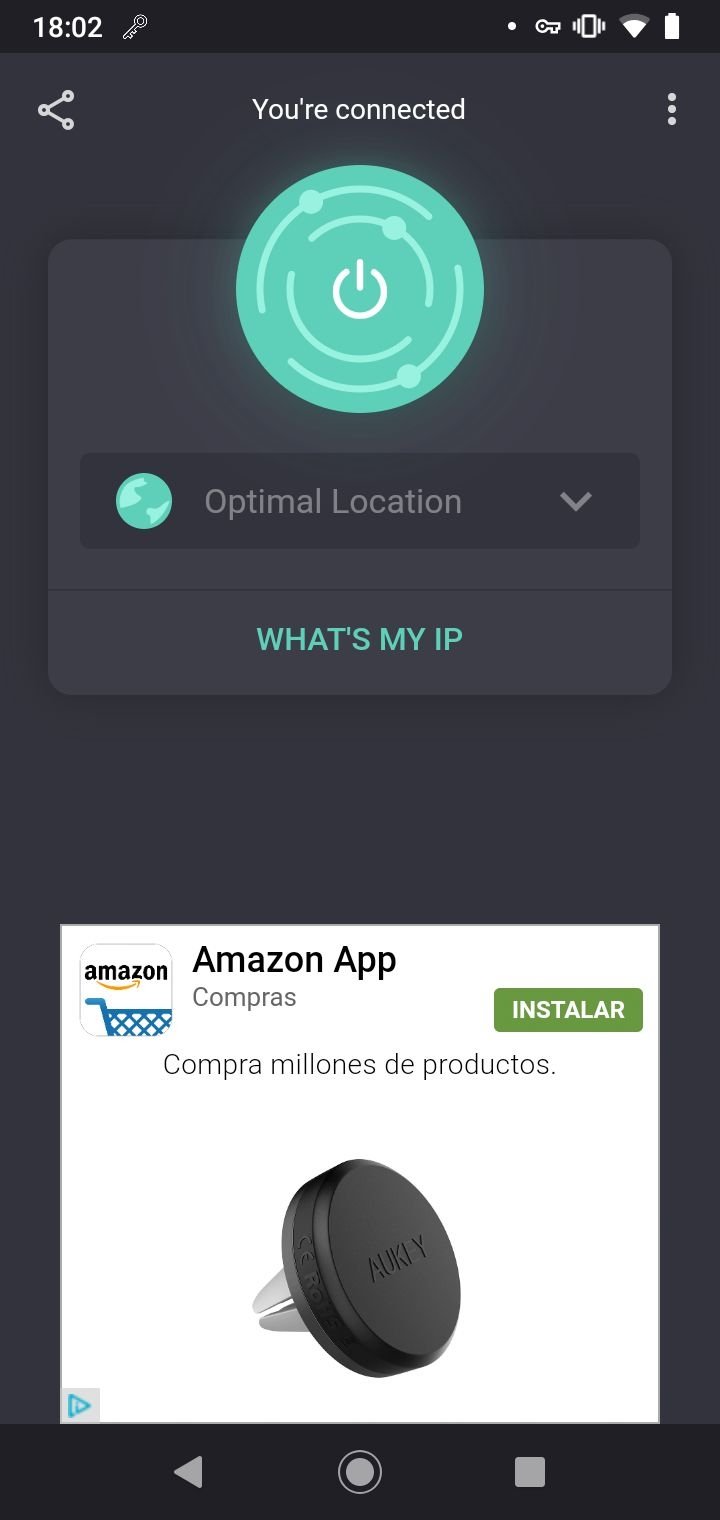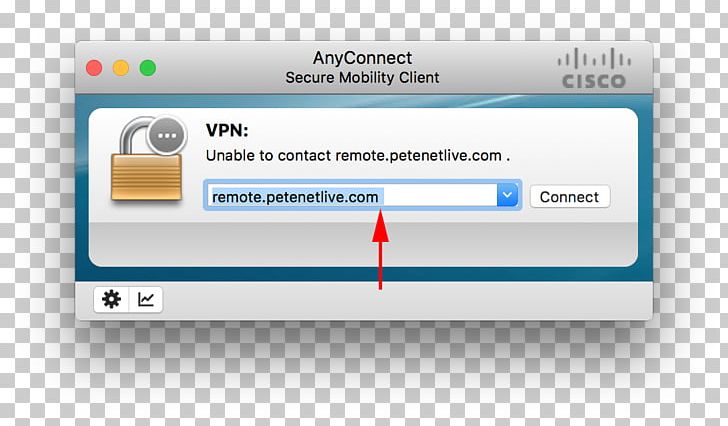

This configuration is only required if you need to authenticate client devices with a certificate.

Profile update: This specifies the An圜onnect VPN configuration profile that gets pushed to the user on authentication.Ĭertificate authentication: This is used to configure the trusted CA file that is used to authenticate client devices. To disable the log-in banner simply leave the banner field blank. If configured, a connecting user must acknowledge the message before getting network access on the VPN. Log-in banner: This specifies the message seen on the An圜onnect client when a user successfully authenticates. For an alternative to DDNS enrolled certificates, see Custom certificates.Īn圜onnect port: This specifies the port the An圜onnect server will accept and negotiate tunnels on. You can change this hostname by following the instructions here. The DDNS hostname is a prerequisite for publicly trusted certificate enrollment. This hostname is a DDNS host record that resolves to the Public IP address of the MX. Hostname: This is used by Client VPN users to connect to the MX. The following An圜onnect VPN options can be configured: Once done, you will be connected to the VPN.To enable An圜onnect VPN, select Enabled from the An圜onnect Client VPN radio button on the Security Appliance > Configure > Client VPN > An圜onnect Settings tab.

Under the Cisco Anyconnect section, find the version that fits your computer’s OS and click on the version number.If prompted, login with your Argonne username and password.You can get the download for it by doing the following: It will not work until you’ve been approved for VPN access. After it’s been approved and added to your account, you can follow the directions below to install the software, though please note you will need to open a ticket with the Argonne Service Desk to accomplish this. If you feel you still need VPN access, please send a ticket to requesting it and listing what applications/processes require it. Typically, the only reason you’d need VPN access is to directly access a machine using Windows protocols such as remote desktop. VPN access is not needed (or recommended) for SSH, accessing Argonne Intranet, using Dayforce, or other Argonne apps. As a first pass, read Getting by without a VPN client and make sure you actually need VPN access. It’s possible you don’t actually need VPN access. We like to limit VPN access to those who actually have a defined need for it so as to reduce the security liability of external computers connecting to our internal networks.


 0 kommentar(er)
0 kommentar(er)
